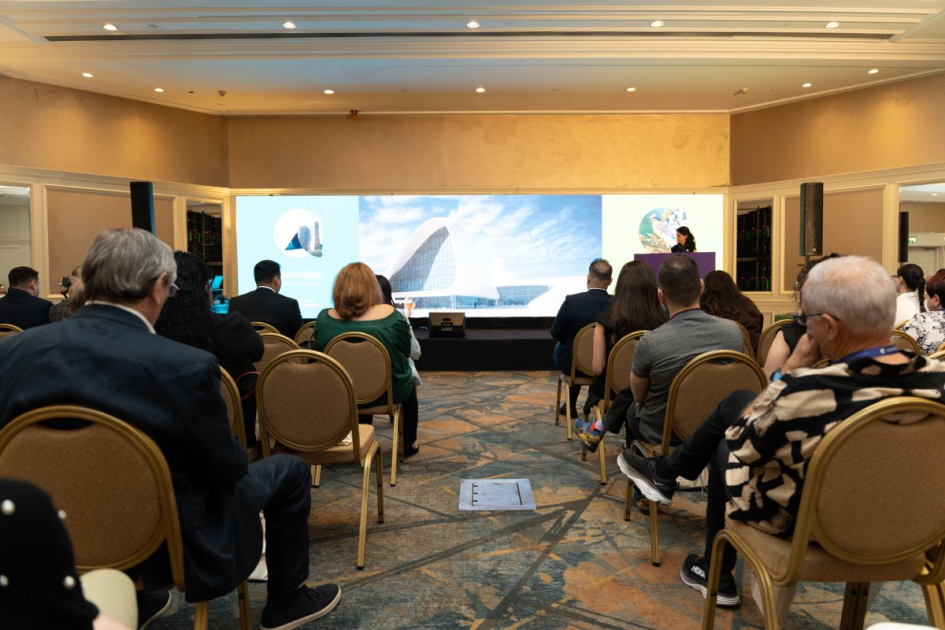WITH the appointment of HE Jiang Zaidong as the new Chinese Ambassador to Pakistan, both countries have now entered a new phase of greater mutual trust and respect, further translating cordial relations into socio-economic realities, initiation of new projects and start of a new economic journey. Zaidong has a rich and diversified experience of economic diplomacy, business strategy, investment, industrialization and, importantly, commercial diplomacy which would ideally catalyze the advancement of CPEC projects in the country.”
It is an encouraging indication that HE Zaidong pledged to consolidate the current phase of CPEC, further strengthening agriculture and mining cooperation and people’s friendly projects through the development of SMEs in Pakistan. Therefore, completion of the CPEC Phase-I projects and start of CPEC Phase-II and greater cooperation in agriculture and mining would definitely improve food security capacity of Pakistan. It is indeed a paradigm shift in the CPEC outlook through immense social uplifting and supporting the Government of Pakistan’s Special Investment Facilitation Council (SIFC) for quick economic revival, investment, stability and sustainability.
The modern economic concept of “Small is Beautiful” is still relevant and productive and change of CPEC towards the development of SMEs would bring desired goals of rural development, empowerment of women, eradication of poverty, capacity building mechanism and notably, generation of new jobs for the local communities, thus revolutionizing the concept of community development under the flagship project of CPEC. The CPEC has completed its ten years during which the highest levels of investment have been received in the country. Energy sector remained the biggest recipient of funds. Infrastructure development was also one of the key priorities of CPEC investment in the last ten years. CPEC Phase-II will be completed by 2030.
Thus for the easy and smooth initiation, execution, implementation and completion of numerous projects of the CPEC in next seven years urgently needs revitalization of working relations, nature of bilateral coordination among all main stakeholders, scope of mutual consultation and utility of proposed projects under the CPEC Phase-II in the country. There is an urgent need of new working formula comprising removal of all bureaucratic impediments in terms of approval, disbursement and transparency, snatching of horizontal and vertical flop-holes in the existing governance system and tightening of flaws in safety & security of the Chinese people working in the CPEC projects, especially in Gwadar, Balochistan.
In this regard, Integrated Model of Security (IMS) would be a step in right direction between the two countries. The latest assurance of the COAS General Munir Asim vividly reflects Pakistan’s unwavering support for this noble cause. The scaling, streamlining and systematizing of pending dues of the Chinese private companies in the country should also be settled as soon as possible to speed up cooperation of public-private partnership in the CPEC projects. It would be mutually beneficial for both sides in the days to come.
There is an urgent need to spell out new national narrative about CPEC in the country because onslaught of the western schemers have somehow polluted its strategic importance and utility through disseminating false and fake propaganda against so-called debt trap. In this regard, rigorous nationalistic media campaign, publication of numerous articles, news items, documentaries and interviews highlighting national, regional and international significance of the CPEC, pledging materialization of dreams of socio-economic prosperity, eradication of poverty, generation of new jobs, industrialization, modern agriculture and last but not the least, development of renewables is crucial.
It is high time to gradually change the priority of CPEC from infrastructure development to social development, rural/community development in the country. Hopefully, it would be instrumental to win hearts and souls of local people in the country. Pakistan has become the easy prey of devastating looming threat of climate change which has spoiled our economies, communities, industries and production channels in the country. To avoid these natural/environment catastrophes the policy makers of Pakistan and China should start national drive of green energy transformation by further including new green energy projects in the CPEC Phase-II.
In this regard, starting of solar, wind and hybrid model of hydro & hydrogen power generation, building of lithium batteries, promotion of Electric Vehicles, environment’s friendly infrastructure development, hybrid production of agriculture yields, diversification of existing basket of food production, conservation of ecology, preservation of depleting water resources, converting of sandy soils into green lands and, equally important, close liaison in disaster management under the flagship project of CPEC would be mutually beneficial.
The successful model of solarization of housing societies, transfer of technologies and joint ventures with local companies would be useful to promote and mitigate spillover socio-economic repercussions of climate change in the country. In this regard there is an urgent need of introducing and implementing new Equity-Investment Model (EIM) in the country to transform the energy outlook. In summary, the policy makers of Pakistan should avail this opportunity and utilize diversified expertise of H.E. Jiang Zaidong, the newly appointed ambassador in the country and gear up projects of CPEC.
The two countries should also jointly work to include mega projects of Sand Storage Energy Generating Capacity Model (SSEGCM) or Oscan Energy Storage Capacity Model (OESCM) under the flagship project of CPEC. It would be new value addition in the country’s energy mix a giant leap towards clean energy production and energy efficiency. Mobilization and channelization of domestic savings and banking resources should also be seriously considered for the financial support of the CPEC projects in the country. Building of various small hydro-dams in the Northern Areas and Balochistan would have substantial impact on local economies and communities which should also be considered and initiated.
Close cooperation in Artificial Intelligence, re-location of qualitative industries, greener industrialization, and skilled education and, lastly, capacity building training should be part and parcel of the CPEC Phase-II in the country. New vision, vigilance and greater velocity of the CPEC projects is the way forward for the quick economic recovery, revival, stability and sustainability in the days to come.
—The writer is Executive Director, Centre for South Asia & International Studies, Islamabad, regional expert China, BRI & CPEC & senior analyst, world affairs, Pakistan Observer, Dr. Mehmood Ul Hassan Khan.











